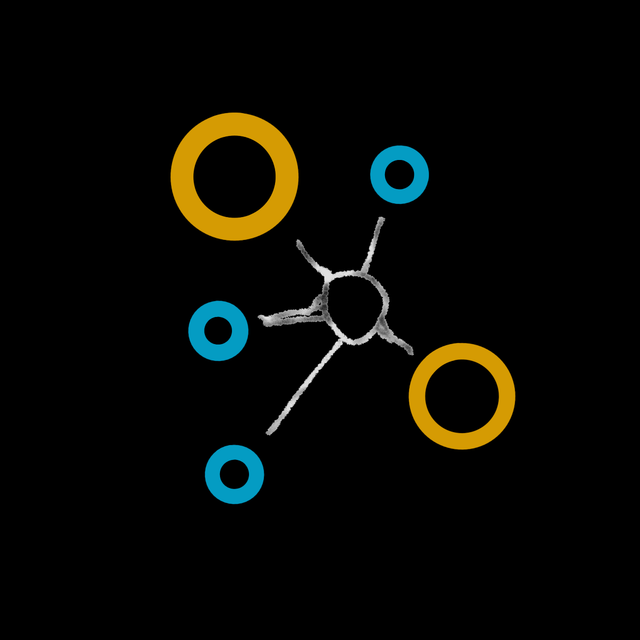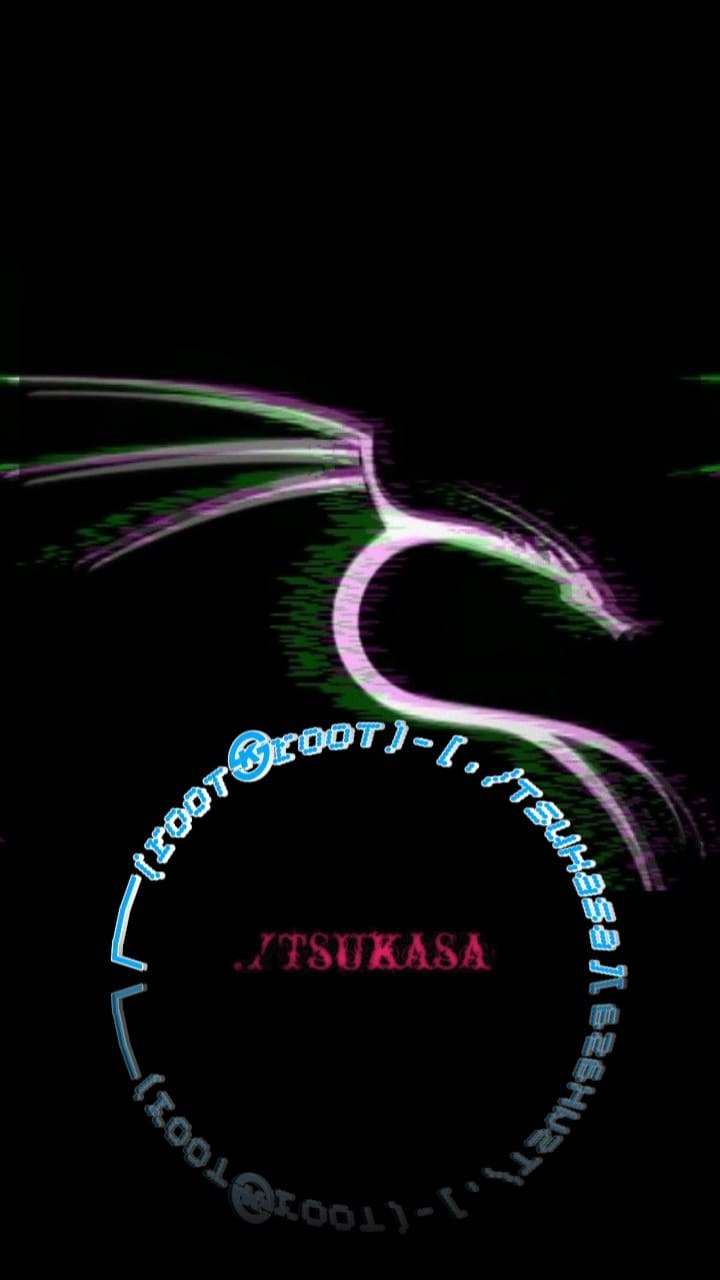DESIGN OF MACHINE LEARNING DETECTION MASK USING YOLO AND DARKNET ON NVIDIA JETSON NANO
##plugins.themes.academic_pro.article.main##
Abstract
In the Covid-19 pandemic, wearing a mask has become the obligation of Indonesian citizen,for outdoor and indoor. Public awareness of wearing masks when leaving the house according to the government's appeal is still low. This can be seen from the many people who do not wear masks while on the public place or in other place. Technology that can help increase public awareness of using masks is a mask detection application. The application to detect use of masks is made using Artificial Intelligence and uses machine learning methods from a tool that will read every use of masks on the face automatically, either using masks appropriately, using inappropriate masks or not using masks. The method used in this research is to use the Research and Development method, namely research that can produce a product. Based on the test results using masks with facial motifs, there are different results from the two samples tested depending on the quality of the image on the mask Yolo (You Only Look Once) is an object detection system in real time. Darknet is an open source neural network framework written in the C and CUDA programming languages. The Jetson Nano is a System On Module (SoM) and developer kit from the Nvidia Jetson family.
##plugins.themes.academic_pro.article.details##

This work is licensed under a Creative Commons Attribution-NoDerivatives 4.0 International License.
References
- B. Xue, J. Hu, and P. Zhang, “Intelligent detection and recognition system for mask wearing based on improved RetinaFace algorithm,” Proc. - 2020 2nd Int. Conf. Mach. Learn. Big Data Bus. Intell. MLBDBI 2020, pp. 474–479, 2020.
- Kemenkes RI, “Pedoman Pencegahan dan Pengendalian COVID-19,” Pedoman Pencegah. dan Pengendali. Coronavirus Dis., vol. 1, pp. 1–125, 2020.
- W. Vijitkunsawat and P. Chantngarm, “Study of the Performance of Machine Learning Algorithms for Face Mask Detection,” InCIT 2020 - 5th Int. Conf. Inf. Technol., no. 1, pp. 39–43, 2020.
- Kemenkes RI, “Pedoman Kesiapsiagaan Menghadapi Infeksi Novel Coronavirus (2019-nCov),” Direkorat Jenderal Pencegahan dan Pengendalian Penyakit, 2020. .
- M. Loey, G. Manogaran, M. H. N. Taha, and N. E. M. Khalifa, “Fighting against COVID-19: A novel deep learning model based on YOLO-v2 with ResNet-50 for medical face mask detection,” Sustain. Cities Soc., vol. 65, p. 102600, 2021.
- R. S. Pratiwi, “Ini hasil penelitian CDC terbaru tentang manfaat memakai masker untuk cegah corona,” kesehatan.kontan.co.id, 2020. .
- R. Liu and Z. Ren, “Application of Yolo on Mask Detection Task,” 2021 IEEE 13th Int. Conf. Comput. Res. Dev. ICCRD 2021, pp. 130–136, 2021.
- E. Mbunge, S. Simelane, S. G. Fashoto, B. Akinnuwesi, and A. S. Metfula, “Application of deep learning and machine learning models to detect COVID-19 face masks - A review,” Sustain. Oper. Comput., vol. 2, no. March, pp. 235–245, 2021.
- A. Kumar, A. Kalia, K. Verma, A. Sharma, and M. Kaushal, “Scaling up face masks detection with YOLO on a novel dataset,” Optik (Stuttg)., vol. 239, no. March, p. 166744, 2021.
- F. Digest, “Fungsi Masker Mencegah Penularan Virus Corona,” www.forestdigest.com, 2020. .
- P. Khamlae, K. Sookhanaphibarn, and W. Choensawat, “An application of deep-learning techniques to face mask detection during the Covid-19 pandemic,” LifeTech 2021 - 2021 IEEE 3rd Glob. Conf. Life Sci. Technol., no. LifeTech, pp. 298–299, 2021.
- M. A. Zakariah, V. Afriani, and K. M. Zakariah, METODOLOGI PENELITIAN KUALITATIF, KUANTITATIF, ACTION RESEARCH, RESEARCH AND DEVELOPMENT (R n D). Kolaka: Yayasan Pondok Pesantren Al Mawaddah Warrahmah Kolaka, 2020.
- S. Alexandrova, Z. Tatlock, and M. Cakmak, “RoboFlow: A flow-based visual programming language for mobile manipulation tasks,” Proc. - IEEE Int. Conf. Robot. Autom., vol. 2015-June, no. June, pp. 5537–5544, 2015.
- A. Prasetya, E. Ihsanto, and A. W. Dani, “Rancang Bangun Pendeteksi Wajah Bermasker Dan Tidak Bermasker Dalam Absensi Di Masa Pandemi COVID-19 Menggunakan Convolutional Neural Network,” http://publikasi.mercubuana.ac.id/index.php/jte, vol. Vol. 12. N, 2021.
- G. A. Anarki, K. Auliasari, and M. Orisa, “PENERAPAN METODE HAAR CASCADE PADA APLIKASI DETEKSI MASKER,” JATI (Jurnal Mhs. Tek. Inform., vol. Vol. 5 No., 2021.
- Y. Chen et al., “Face Mask Assistant: Detection of Face Mask Service Stage Based on Mobile Phone,” IEEE Sens. J., vol. 21, no. 9, pp. 11084–11093, 2021.
- S. Abbasi, H. Abdi, and A. Ahmadi, “A Face-Mask Detection Approach based on YOLO Applied for a New Collected Dataset,” 26th Int. Comput. Conf. Comput. Soc. Iran, CSICC 2021, pp. 1–6, 2021.
- K. Bhambani, T. Jain, and K. A. Sultanpure, “Real-Time Face Mask and Social Distancing Violation Detection System using YOLO,” Proc. B-HTC 2020 - 1st IEEE Bangalore Humanit. Technol. Conf., 2020.


 https://ijeeemi.poltekkesdepkes-sby.ac.id/pages/pulsayuk/
https://ijeeemi.poltekkesdepkes-sby.ac.id/pages/pulsayuk/
